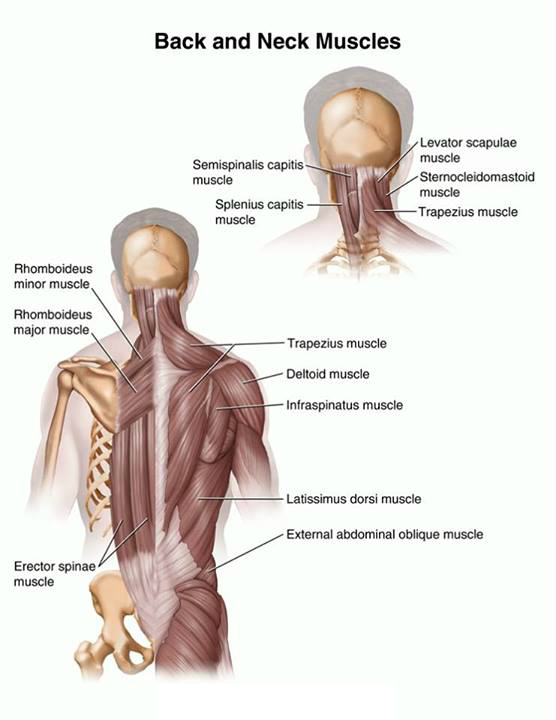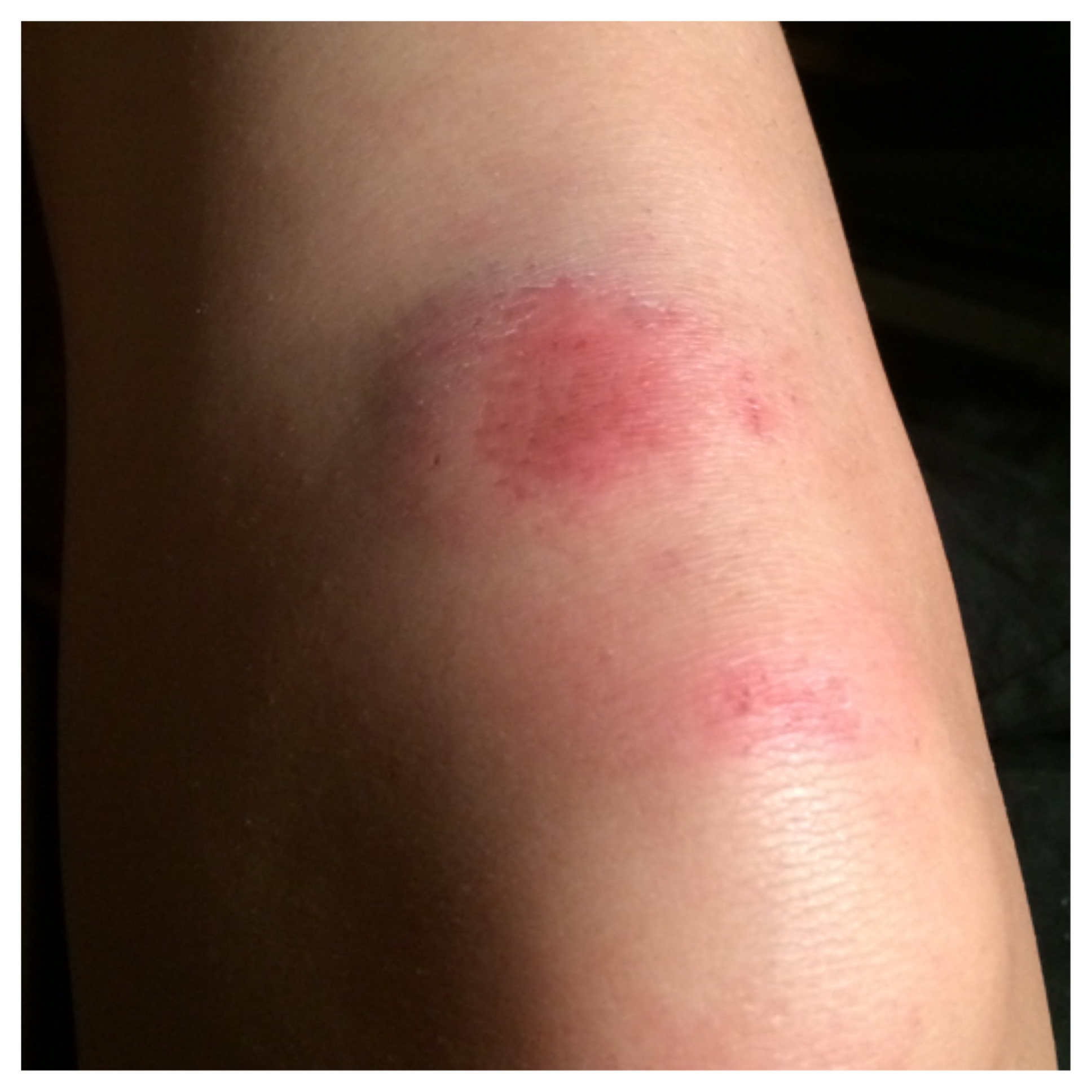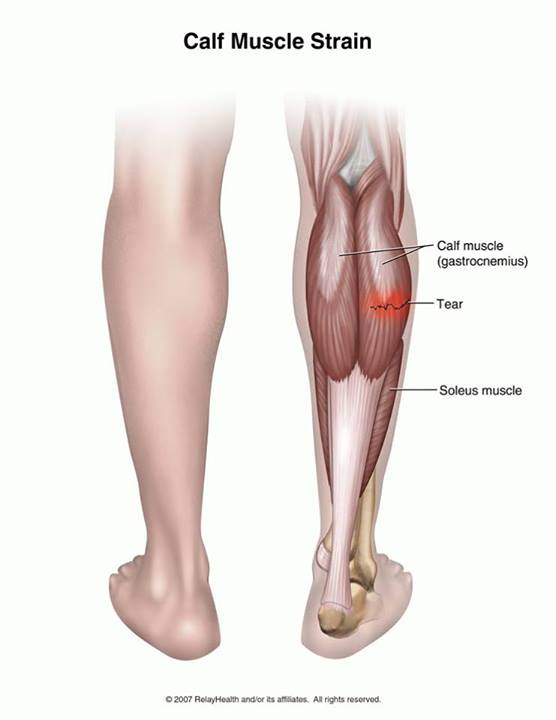Shin Pain (Shin Splints)

What is shin pain?
Shin pain is pain on the front of your lower leg between the knee and the ankle. It can hurt directly over your shinbone (tibia) or over the muscles that are on the inner or outer side of the tibia. Shin pain has often been called shin splints.
Causes of shin pain?
Shin pain generally occurs from overuse. This problem can come from irritation of the muscles or other tissues in the lower leg or from a stress fracture. This injury is most common in runners who increase their mileage or the intensity of their running, or who change the surface on which they are running.
When you walk or run your foot normally flattens out a small amount when it strikes the ground. If your foot flattens out more than normal it is called over-pronation. Over-pronation can contribute to shin pain.
Some specific conditions that cause shin pain include:
- Stress fracture: This is a hairline crack in one of the lower leg bones, the tibia or fibula.
- Medial tibial stress syndrome: This is when the muscles that attach to the inner side of your tibia are inflamed.
- Compartment syndrome: Your anterior compartment is an area in your leg that contains the muscles that point your foot and toes toward your body. Your lateral compartment contains muscles that move your foot and ankle away from your body. Your posterior compartment contains the calf muscles which point your foot downwards. When a compartment is overused the muscles will become painful.
Symptoms of shin pain?
- You have pain over the front part of your lower leg. You may have pain during exercise, at rest, or both. Stress fractures of the tibia cause pain directly over your shinbone. It will hurt to touch the part of the bone that is fractured.
- Stress fractures of the fibula cause pain on the outer side of your lower leg. With medial tibial stress syndrome, you will have pain and tenderness along the edge of the shinbone, especially along the muscles.
- With compartment syndrome the muscles in that area will be painful. Blood vessels and nerves are also in the anterior compartment. If the muscles in this compartment become swollen during exercise they may irritate these nerves or blood vessels and your foot may become weak, numb, or cold.
Diagnosis of shin pain?
- Your healthcare provider will examine your lower leg.
- He or she will decide which part of your shin is the source of the pain.
- Your provider may watch you walk or run to see if you have problems with over-pronation.
- You may need an X-ray, MRI, or a bone scan to check for stress fractures.
- If your provider thinks you have compartment syndrome you may need a test that measures the pressure in your lower leg compartments. This is done using a needle attached to a measuring device. The test is done at rest and then again after exercise.
Treatment of shin pain
Treatment may include:
To treat this condition:
- Put an ice pack, gel pack, or package of frozen vegetables, wrapped in a cloth on the area every 3 to 4 hours, for up to 20 minutes at a time.
- You could also do ice massage. To do this, first freeze water in a Styrofoam cup, then peel the top of the cup away to expose the ice. Hold the bottom of the cup and rub the ice over the area for 5 to 10 minutes. Do this several times a day while you have pain.
- Raise your legs on a pillow when you sit or lie down.
- Take an anti-inflammatory medicine such as ibuprofen, or other medicine as directed by your provider. Nonsteroidal anti-inflammatory medicines (NSAIDs) may cause stomach bleeding and other problems. These risks increase with age. Read the label and take as directed. Unless recommended by your healthcare provider, do not take for more than 10 days.
- Your healthcare provider may recommend arch supports, called orthotics. You can buy orthotics at a pharmacy or athletic shoe store or they can be custom-made. Arch supports (orthotics) help correct over-pronation.
- Follow your provider’s instructions for doing exercises to help you recover.
- Surgery is sometimes needed for compartment syndrome or some types of stress fractures.
While you are recovering from your injury, you will need to change your sport or activity to one that does not make your condition worse. For example, you may need to bicycle or swim instead of run. When you begin to run again, you should wear good shoes and run on soft surfaces.
When can I return to my normal activities?
Everyone recovers from an injury at a different rate. Return to your activities depends on how soon your leg recovers, not by how many days or weeks it has been since your injury has occurred. In general, the longer you have symptoms before you start treatment, the longer it will take to get better. The goal is to return to your normal activities as soon as is safely possible. If you return too soon you may worsen your injury.
You may safely return to your activities when, starting from the top of the list and progressing to the end, each of the following is true:
- You have full range of motion in the injured leg compared to the uninjured leg.
- You have full strength of the injured leg compared to the uninjured leg.
- You can walk straight ahead without pain or limping.
How can I prevent shin pain?
- Since shin pain usually occurs from overuse, be sure to start your activities gradually.
- Wear shoes with proper padding and support.
- Run on softer surfaces.
- Warm up properly and stretch the muscles in the front of your leg and in your calf.
- Do not keep running while you have shin pain or it will take longer for the pain to go away.
- Try cross training to limit the stress on your shins. Do an exercise that does not place stress on the injured tissue, such as swimming. This will allow you to keep exercising while your injury heals.
Physiotherapy of shin pain
Shin Pain (Shin Splints) Exercises

You can start doing all of these exercises right away.
Towel stretch:
Sit on a hard surface with your injured leg stretched out in front of you. Loop a towel around your toes and the ball of your foot and pull the towel toward your body keeping your leg straight. Hold this position for 15 to 30 seconds and then relax. Repeat 3 times.
When you don’t feel much of a stretch using the towel, do the standing calf stretch instead.
Standing calf stretch:
Stand facing a wall with your hands on the wall at about eye level. Keep your injured leg back with your heel on the floor. Keep the other leg forward with the knee bent. Turn your back foot slightly inward (as if you were pigeon-toed). Slowly lean into the wall until you feel a stretch in the back of your calf. Hold the stretch for 15 to 30 seconds. Return to the starting position. Repeat 3 times. Do this exercise several times each day.
Anterior compartment stretch:
Stand sideways next to a wall or chair with your injured leg further from the wall or chair. Put one hand on the wall or chair for balance. Bend the knee of your injured leg and grab the front of your foot. Bend the front of the foot toward your heel. You should feel a stretch in the front of your shin. Hold for 15 to 30 seconds. Repeat 3 times.
Resisted ankle dorsiflexion:
Tie a knot in one end of the elastic tubing and shut the knot in a door. Tie a loop in the other end of the tubing and put the foot on your injured side through the loop so that the tubing goes around the top of the foot. Sit facing the door with your injured leg straight out in front of you. Move away from the door until there is tension in the tubing. Keeping your leg straight, pull the top of your foot toward your body, stretching the tubing. Slowly return to the starting position. Do 2 sets of 15.
Ankle range of motion:
Sit or lie down with your legs straight and your knees pointing toward the ceiling. Point your toes on your injured side toward your nose, then away from your body. Point your toes in toward your other foot and then out away from your other foot. Finally, move the top of your foot in circles. Move only your foot and ankle. Don’t move your leg. Repeat 10 times in each direction. Push hard in all directions.
Heel raise:
Balance yourself while standing behind a chair or counter. Using the chair or counter as a support to help you, raise your body up onto your toes and hold for 5 seconds. Then slowly lower yourself down without holding onto the support. (It’s OK to keep holding onto the support if you need to.) When this exercise becomes less painful, try lowering yourself down on the injured leg only. Repeat 15 times. Do 2 sets of 15. Rest 30 seconds between sets.

Resisted ankle inversion:
Sit with your legs stretched out in front of you. Cross the ankle of your uninjured leg over your other ankle. Wrap elastic tubing around the ball of the foot of your injured leg and then loop it around your other foot so that the tubing is anchored there at one end. Hold the other end of the tubing in your hand. Turn the foot of your injured leg inward and upward. This will stretch the tubing. Return to the starting position. Do 2 sets of 15.
Standing toe raise:
Stand with your feet flat on the floor. Rock back onto your heels and lift your toes off the floor. Hold for 5 seconds and then put your toes back on the floor. Do 2 sets of 15.
Balance and reach exercises:
Stand next to a chair with your injured leg farther from the chair. The chair will provide support if you need it. Stand on the foot of your injured leg and bend your knee slightly. Try to raise the arch of this foot while keeping your big toe on the floor.
Keep your foot in this position. With the hand that is farther away from the chair, reach forward in front of you by bending at the waist. Avoid bending your knee any more as you do this. Repeat this 10 times. To make the exercise more challenging, reach farther in front of you. Do 2 sets of 10.
Stand in the same position as above. While keeping your arch height, reach the hand that is farther away from the chair across your body toward the chair. The farther you reach, the more challenging the exercise. Do 2 sets of 10.
Resisted hip abduction:
Stand sideways near a door with your injured side further from the door. Tie elastic tubing around the ankle on your injured side. Knot the other end of the tubing and close the knot in the door near the floor. Pull the tubing out to the side, keeping your leg straight. Return to the starting position. Do 2 sets of 15. For more resistance, move farther away from the door.
Repeat this exercise for the other leg.










